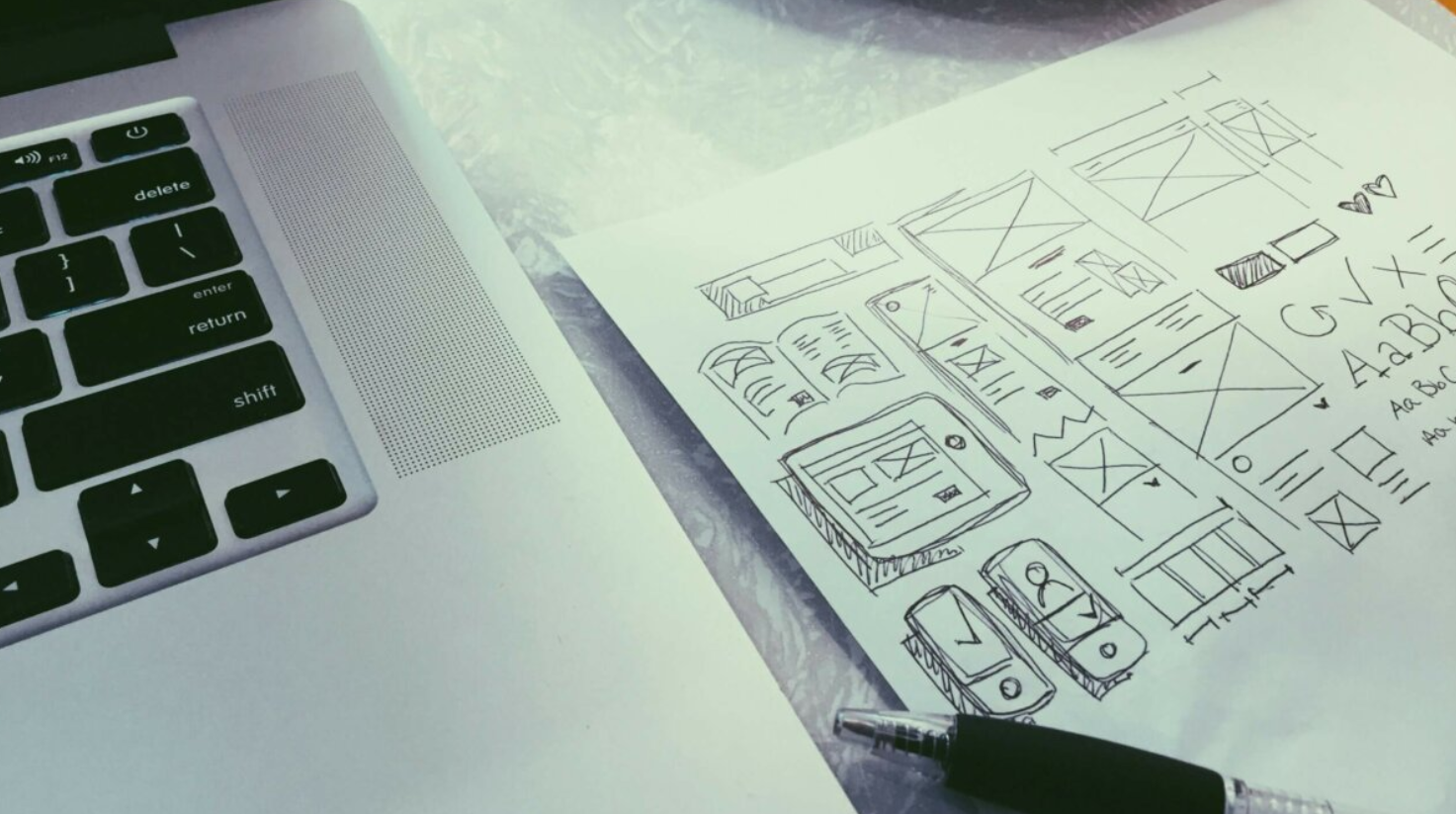Imagine delivering tangible results for your clients while leaving your competitors in awe. Increasing SEO traffic for your clients is not just a dream – with the proper knowledge and execution, it can become a reality. This comprehensive guide will unravel proven tactics that will skyrocket organic search visibility for your client’s websites. From optimizing keywords and analyzing competitor strategies to creating compelling content and building high-quality backlinks, we’ve got you covered. Get ready to revolutionize how you approach SEO optimization as we uncover the keys that will unlock unprecedented success for both you and your valued clients.
Why SEO Traffic is Essential for Your Clients
Before delving into the strategies, let’s address why SEO traffic is crucial for your clients’ businesses.
Consumers turn to search engines like Google when seeking information, products, or services in the digital age. If your clients’ websites do not appear prominently in search engine results pages (SERPs), they miss out on a significant share of potential customers. Here’s why SEO traffic is essential:
Visibility: SEO helps your clients’ websites rank higher in search results, making them more visible to their target audience.
Credibility: High search engine rankings lend credibility to your client’s businesses, establishing them as industry authorities.
Cost-Effective: SEO is a cost-effective long-term strategy that continually drives organic traffic compared to paid advertising.
Increased Conversions: Quality traffic generated through SEO is more likely to convert into leads or sales.
With these benefits in mind, let’s explore the strategies to increase SEO traffic for your clients.
Understanding the Basics of SEO
Before diving into specific tactics, it’s essential to grasp the foundational principles of SEO:
Search Engine Algorithms: Understand that search engines like Google use complex algorithms to rank websites based on various factors.
On-Page vs. Off-Page SEO: Distinguish between on-page (website content, meta tags, headers) and off-page (backlinks, social signals) SEO techniques.
White-Hat vs. Black-Hat SEO: Emphasize the importance of ethical, white-hat SEO practices to maintain long-term success.
Conducting Thorough Keyword Research
Keyword research is the cornerstone of an effective SEO strategy. Here’s how to go about it:
Identify Target Keywords: Collaborate with your clients to determine the primary keywords relevant to their business.
Keyword Research Tools: Use tools like Google’s Keyword Planner, Ahrefs, SEMrush, or Moz to find related keywords and assess search volume and competition.
Long-Tail Keywords: Consider long-tail keywords, which are longer and more specific phrases that often have less competition and higher conversion rates.
Competitor Analysis: Analyze competitors’ websites to uncover keyword opportunities and gaps.
Optimizing Website Content and Structure
Once you have your target keywords, optimize the website’s content and structure:
Quality Content: Create high-quality, informative, and engaging content that addresses your client’s target audience’s needs. The content should be original, well-researched, and free of grammatical errors.
Meta Tags: Optimize meta titles and descriptions to include relevant keywords and entice users to click through to the website.
Header Tags: Use header tags (H1, H2, H3) to structure content logically. Incorporate keywords where appropriate, but prioritize readability.
Image Optimization: Ensure all images have descriptive alt text for improved accessibility and SEO. Compress images to reduce page load times.
Building High-Quality Backlinks
Backlinks, or links from other websites to your client’s site, are essential for SEO. Here’s how to build them:
Link-Building Strategy: Develop a comprehensive link-building strategy to acquire high-quality backlinks from authoritative websites.
Guest Posting: Write guest posts for reputable websites in your client’s industry, including a link to their site.
Outreach: Reach to industry influencers, bloggers, and websites, proposing collaborative content or link exchanges.
Content Marketing: Produce shareable, valuable content that naturally attracts backlinks.
Regularly Updating and Monitoring SEO Performance
SEO is an ongoing effort. Continuously monitor and adjust the strategy:
Traffic Analysis: Regularly review website traffic data to identify trends and areas for improvement. Monitor organic search traffic, conversion rates, and bounce rates.
Keyword Ranking Tracking: Use SEO tools to track keyword rankings and identify opportunities for optimization.
Competitor Tracking: Keep an eye on competitors’ strategies and adapt your approach as necessary.
Conclusion
In conclusion, increasing SEO traffic for your clients is a dynamic and multi-faceted endeavour. SEO traffic is essential for your clients because it enhances visibility, credibility, and conversions while being cost-effective. By understanding SEO basics, conducting thorough keyword research, optimizing website content and structure, building high-quality backlinks, and continuously monitoring performance, you can create a robust SEO strategy that contributes to your clients’ online success and long-term growth. Remember, SEO is a continuous effort, and the rewards of ongoing optimization are well worth the investment.



